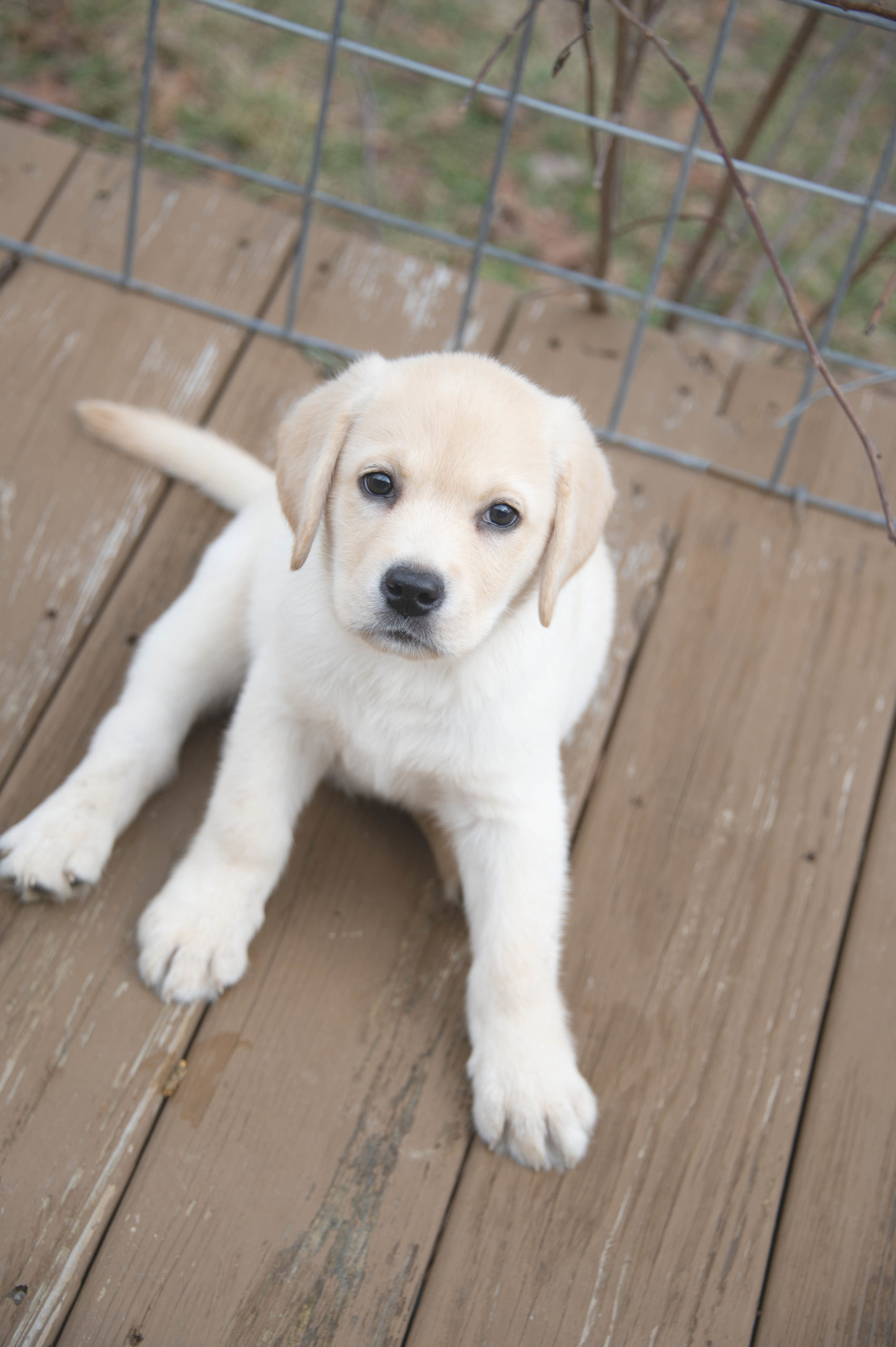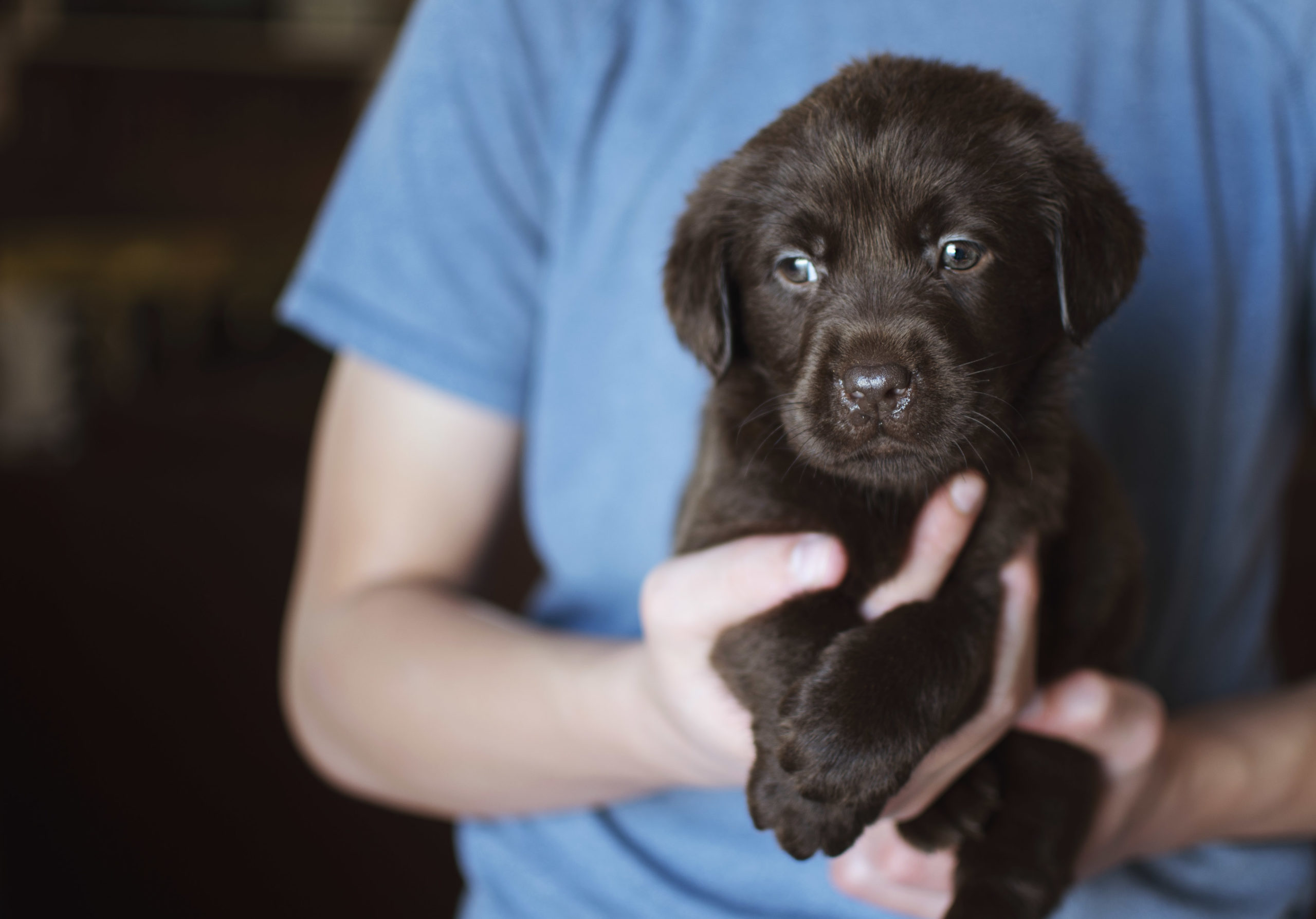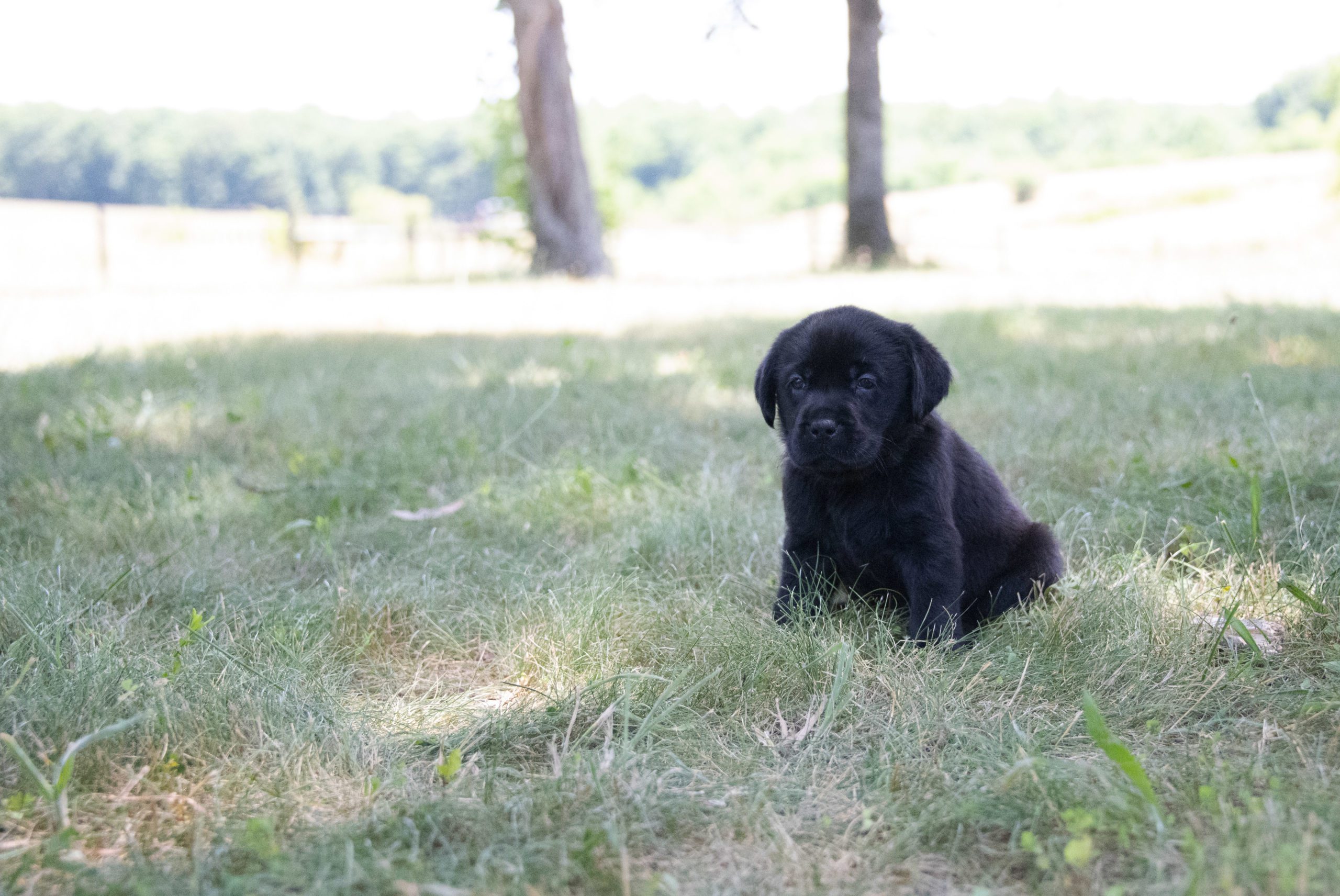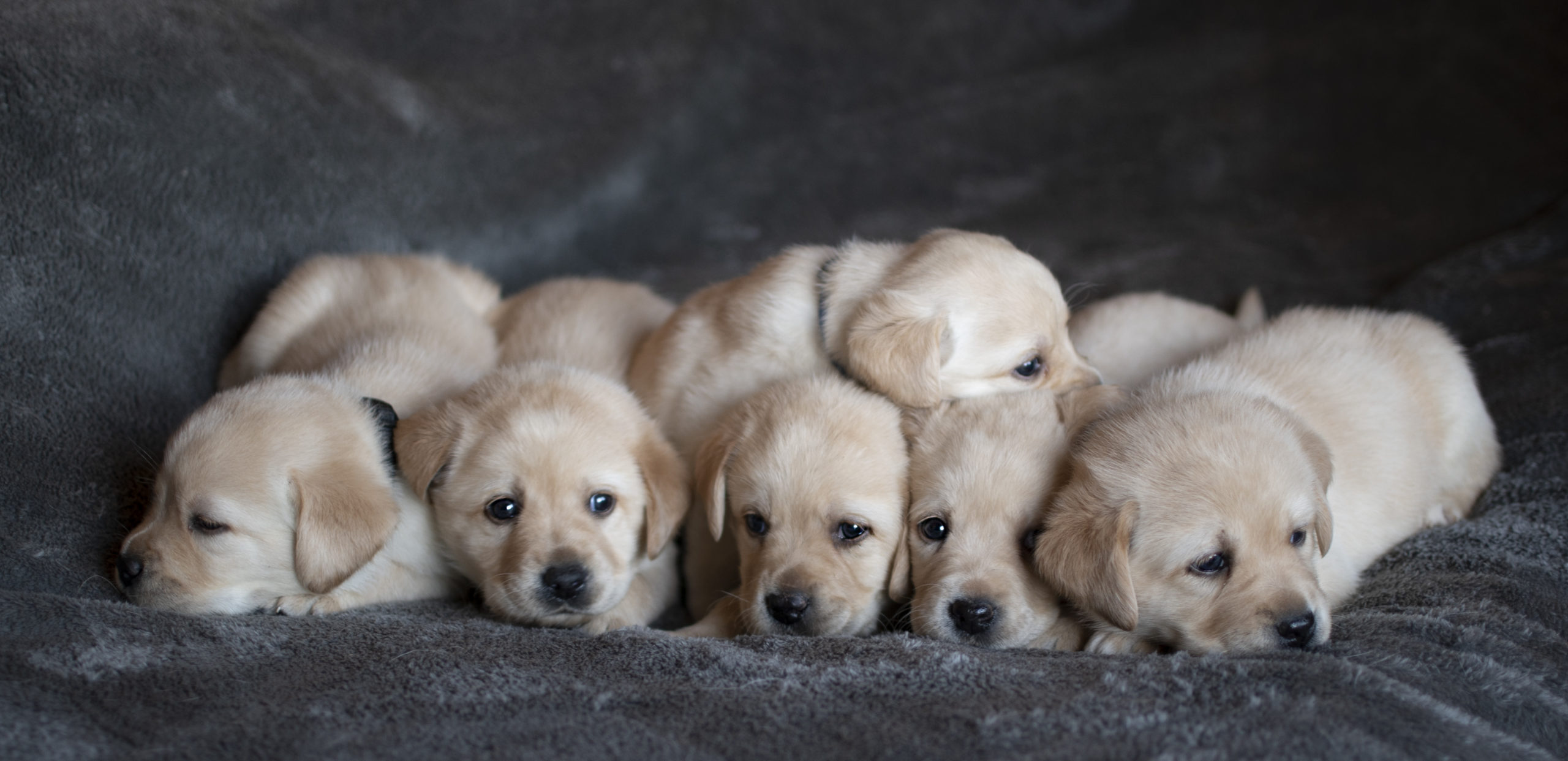House Breaking (Potty Training) your New Puppy, Part 2
In our last Learning Library Post, we reviewed other tips for House Breaking (Potty Training) your New Puppy. You can see that post HERE.

Today, we will be covering some less common tactics for keeping that puppy and their eliminations outside. At the top of frustrations for families of new puppies
Jump to contents:
Using Potty Pads for your new puppy
Potty pads can be a useful tool in the House Breaking (Potty Training) your New Puppy process, especially for some puppies. Those who live in apartments or have limited access to the outdoors have extra difficulties, but not to fear! Potty Pads are just one alternative for Potty Training your new puppy, even in an apartment or similar setting. Here are some tips for using potty pads effectively:
- Designate a specific area: Choose a designated area for the potty pad and encourage your puppy to use it. Place the potty pad in a convenient location and make sure it’s easily accessible.
- Reward success: When your puppy uses the potty pad, be sure to give them plenty of praise and treats to reinforce the behavior.
- Supervise: Make sure to supervise your puppy when they are using the potty pad to prevent any accidents elsewhere in the house.
- Gradually reduce the size of the potty pad: As your puppy becomes more skilled at using the potty pad, you can gradually reduce the size of the pad to encourage them to go outside eventually.
- Move to outdoor potty training: Once your puppy is consistently using the potty pad, start introducing them to outdoor potty training by taking them outside to the designated potty area after they use the pad.
It’s important to keep in mind that potty pads are a tool, not a permanent solution. The ultimate goal should be to transition your puppy to outdoor potty training, as this will provide them with more opportunities to explore and exercise. By using potty pads as part of a comprehensive potty training plan, you can help ensure success and a happy, healthy life for your furry friend.
Building an outdoor potty area
Building an outdoor potty area for your dog is a great way to ensure that they have a designated spot to go potty and can do so comfortably and safely. Here are some steps to building an outdoor potty area for your dog:
- Choose the right location: Select a spot that is convenient for you and your dog, close to a door or gate, and in an area that is not too close to plants, bushes, or other areas where your dog might get into trouble.
- Prepare the area: Clear the ground of any debris, rocks, or plants, and level the ground as needed. You may want to add a layer of mulch, sand, or grass seed to help the area look nice.
- Choose the right surface: You have several options for the surface of your outdoor potty area, including grass, pea gravel, or artificial turf. Choose a surface that is easy to clean and maintain, and that your dog is comfortable using.
- Create a fence or barrier: Consider building a fence or barrier around the potty area to keep your dog from wandering away or getting into any trouble. This can also help to define the space and make it easier for your dog to understand where to go.
- Add toys and treats: Make the outdoor potty area a fun and enjoyable place for your dog to be by adding toys, treats, and water. This can help encourage them to use the area regularly and make potty time a positive experience.
By following these steps, you can create a safe and enjoyable outdoor potty area for your dog. Regularly cleaning and maintaining the area will also help to keep it in good condition and free of any unpleasant odors.
The video below is not mine, but you may find it helpful
Litter Box Training
Litter box training a puppy is not a common or recommended practice as dogs are not naturally inclined to use a litter box. Potty training using a designated outdoor area or using potty pads are more conventional and effective methods for puppies.
That being said, if you live in a high-rise building or apartment with limited access to the outdoors, using potty pads can be an effective solution for your puppy’s indoor elimination needs. However, it is still recommended to eventually transition your puppy to outdoor potty training as soon as possible, as this will provide them with more opportunities to exercise and explore.
It’s important to remember that every puppy is different and may have unique potty training needs and challenges. By working with a professional dog trainer, or seeking advice from your veterinarian, you can find the best approach for your individual puppy.
This video is not mine (below), but you may find it helpful:
Using “Bell” Training for your new Puppy
Bell training is a simple and effective method for potty training a puppy. Here’s how to do it:
- Hang a bell by the door that you use to take your puppy outside to go potty.
- Every time you take your puppy outside, ring the bell before opening the door. Do this consistently, so the puppy associates the sound of the bell with going outside.
- Wait for the puppy to go potty, and then immediately give them praise and a treat.
- Repeat this process every time you take your puppy outside to go potty. Over time, the puppy will learn to ring the bell themselves when they need to go outside.
- If the puppy rings the bell, immediately take them outside and reward them for their good behavior.
It is important to be patient and consistent with your puppy during the bell training process. Potty training takes time and repetition, so be sure to give your puppy plenty of opportunities to practice ringing the bell and going potty outside.
This is not my video (below) but you may find it helpful.
Using (Fake) Indoor Grass
Using fake indoor grass as a potty training tool for a puppy can be an effective method, but it is important to keep a few things in mind:
- Make sure the fake grass is specifically designed for use with pets, as some artificial turf may contain materials that are harmful to dogs.
- Place the fake grass in an area that is easily accessible to the puppy, but away from their sleeping and eating areas.
- Introduce the puppy to the fake grass gradually, and supervise them while they use it. Reward them with treats and praise when they successfully go potty on the fake grass.
- Clean the fake grass regularly to maintain its freshness and prevent odors.
- Gradually phase out the use of fake grass by taking the puppy outside more frequently to go potty, and rewarding them for going potty in the designated outdoor area.
It is important to be consistent and patient with your puppy during the potty training process, and to gradually increase the time between trips to the fake grass. With positive reinforcement and consistent training, the puppy will learn to associate going potty with the designated outdoor area.
This is not my video (below), but you may find it helpful:
We hope these tips prove helpful to families of English Lab puppies. Keeping that frustration level low is so very important in bringing in a new family member.
Interested in one of our Kindred Pup Available Puppies?
Fill out the form below.
Not ready for a new puppy now but you’d like to learn more about English Labrador Puppies and Kindred Pup? Subscribe to the best blog on the internet below:
Want more information about potty training a new puppy? Click here for more info!
Until next time…



